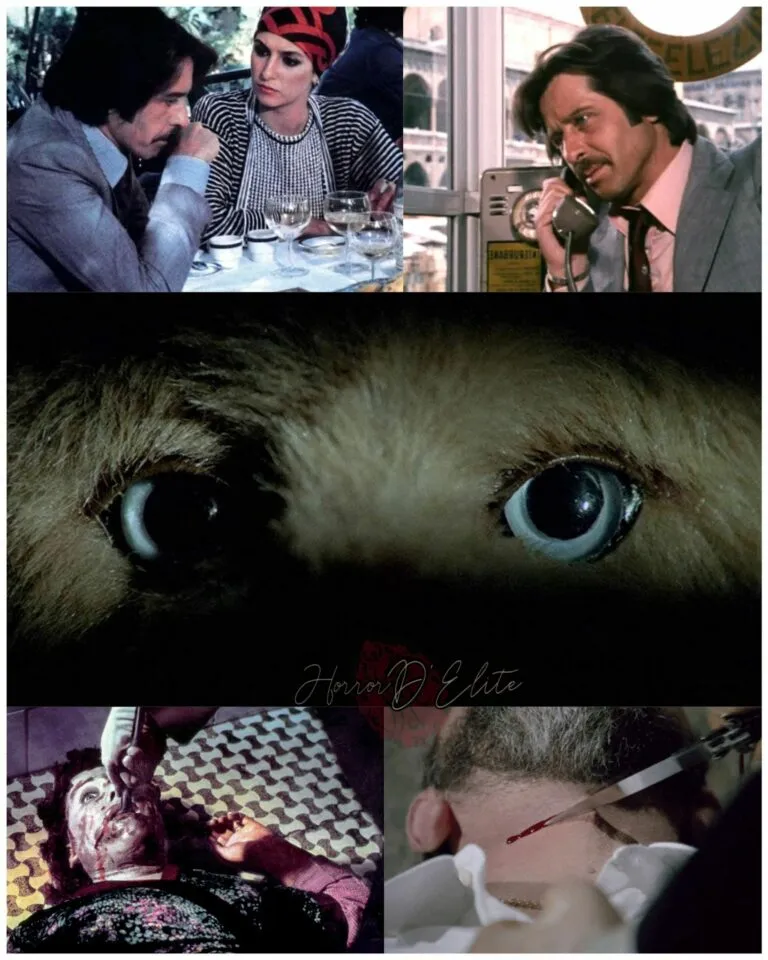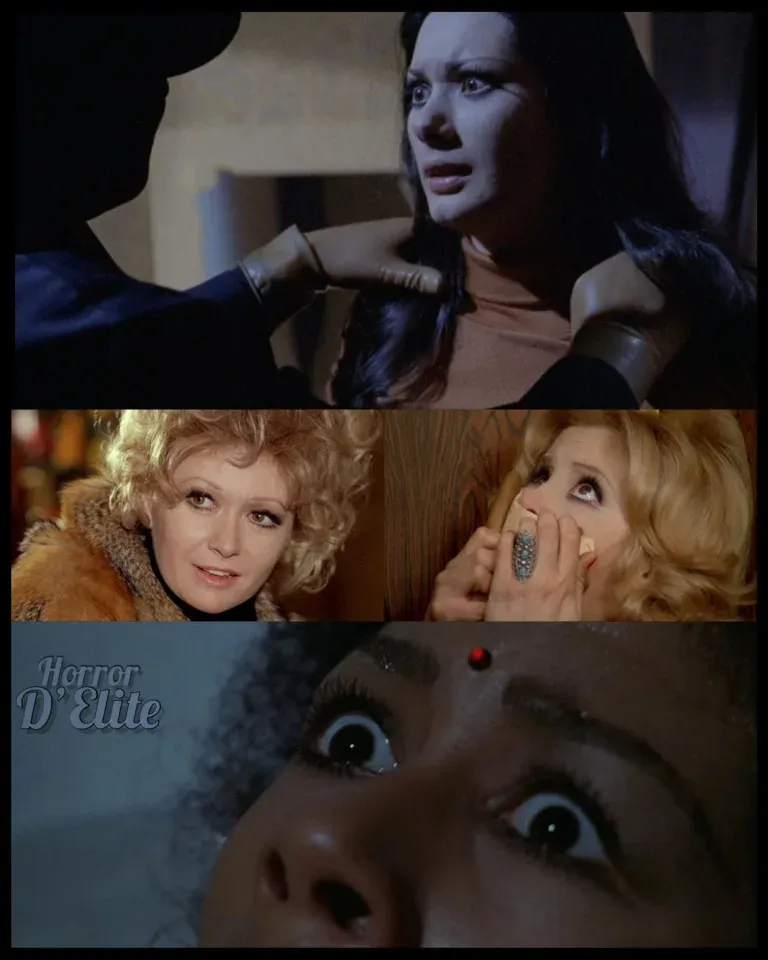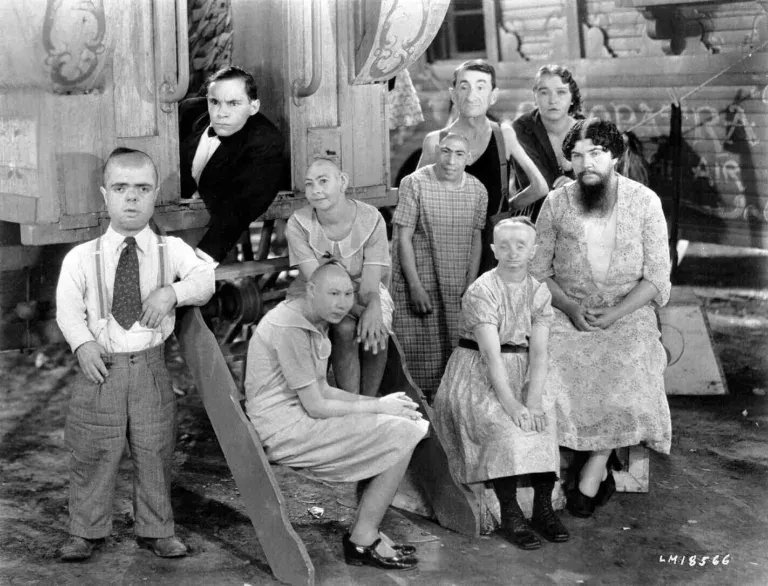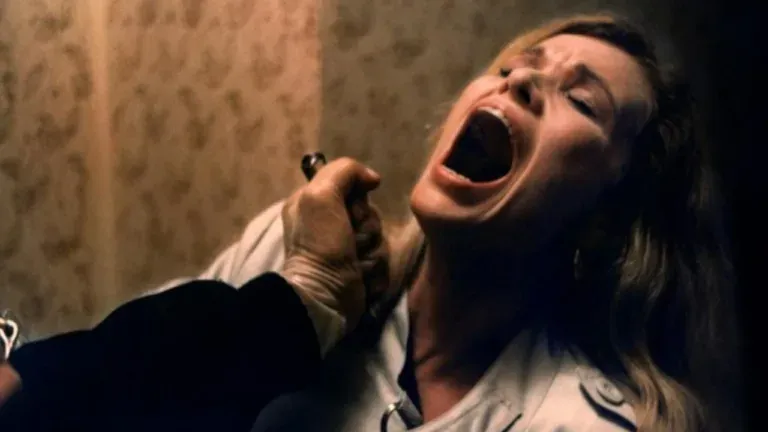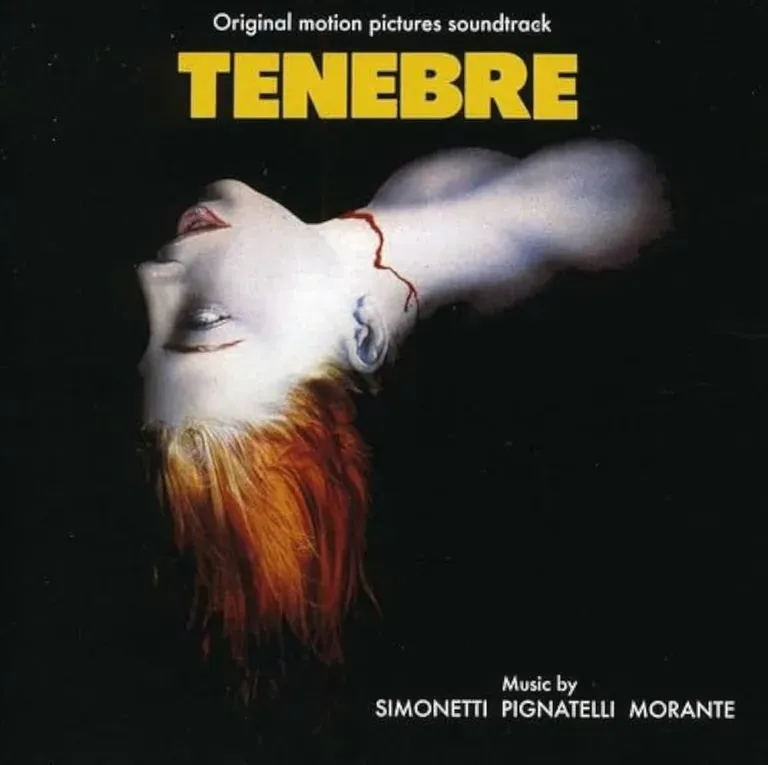The Wolf Man
“The Wolf Man” of 1941 is an icon of the horror genre and has had a significant impact on cinema and popular culture.
The plot follows Larry Talbot, portrayed by Lon Chaney Jr., who returns to his hometown in Wales after his brother’s death.
During a visit to a traveling fair, he is bitten by a wolf, which is later revealed to be a werewolf.
From then on, Talbot begins to transform into a werewolf during the full moon nights, killing innocents.
The film is known for its dark and gothic atmosphere, and for the memorable performances of the cast, particularly Lon Chaney Jr., whose portrayal of Larry Talbot/werewolf has become an icon of the genre.
Talbot’s transformation into a werewolf was achieved with sophisticated special effects for the time, including prosthetic makeup and animatronics.
In addition to its horror component, “The Wolf Man” also explores deeper themes such as alienation, guilt, and the internal struggle between humanity and beastliness.
These elements helped make the film not only a commercial success but also a work that sparked critical reflections and debates on various aspects of the human condition.
The success of “The Wolf Man” has led to numerous sequels, remakes, and adaptations in various forms of media over the years, confirming its status as a classic of the horror genre and influencing generations of filmmakers and audiences.
Here are some interesting trivia about “The Wolf Man”:
Origin of werewolf makeup: The makeup used to create the werewolf’s face was devised by Jack Pierce, famous for his makeup work in Universal Pictures’ horror films. His design has influenced the collective imagination of werewolves for decades.
Lon Chaney Jr.’s distinctive mark: Lon Chaney Jr., the film’s protagonist, is the son of actor Lon Chaney, known as “The Man of a Thousand Faces” for his skill in makeup and transformation. Lon Chaney Jr. continued the family tradition, earning respect for his performance in iconic roles like Larry Talbot.
Pioneering special effects: “The Wolf Man” was one of the first films to use sophisticated special effects to depict a character’s transformation into a monster. The use of prosthetic makeup and animatronics helped make the transformation scenes engaging and realistic for the time.
Enduring cultural influence: The werewolf character has become an icon of horror cinema and has influenced many subsequent works in the genre, as well as popular culture in general. The film helped solidify many of the conventions associated with werewolves, such as transformation during full moon nights and the internal struggle between humanity and beastliness.
Bela Lugosi’s cameo: Bela Lugosi, famous for his role as Dracula in the 1931 film, also appears in “The Wolf Man” in a small role. Lugosi plays Bela, a gypsy suspected of being a werewolf. Despite his brief screen time, Lugosi’s presence adds a touch of charm to the film.


